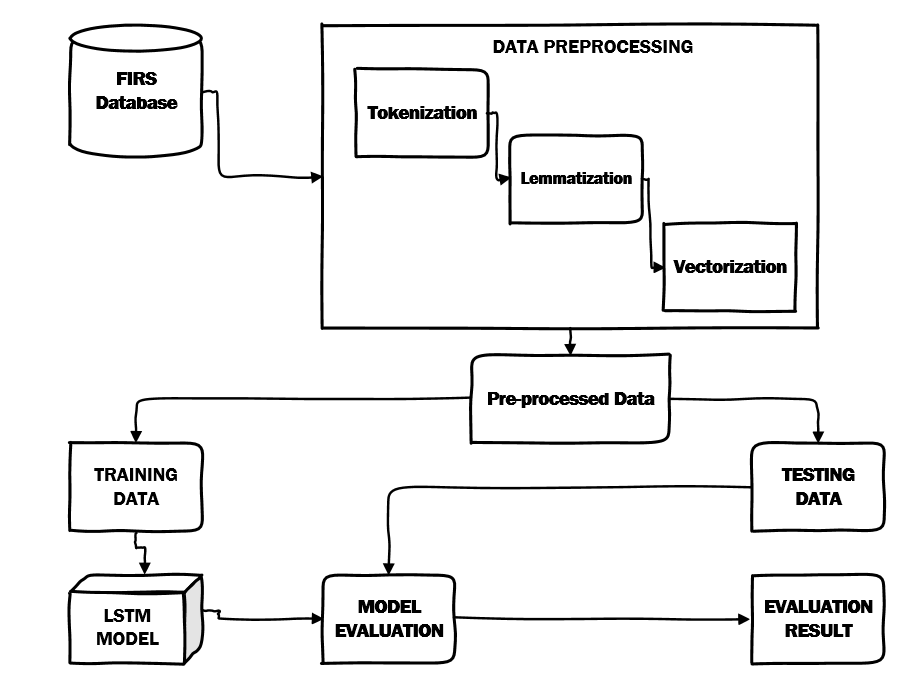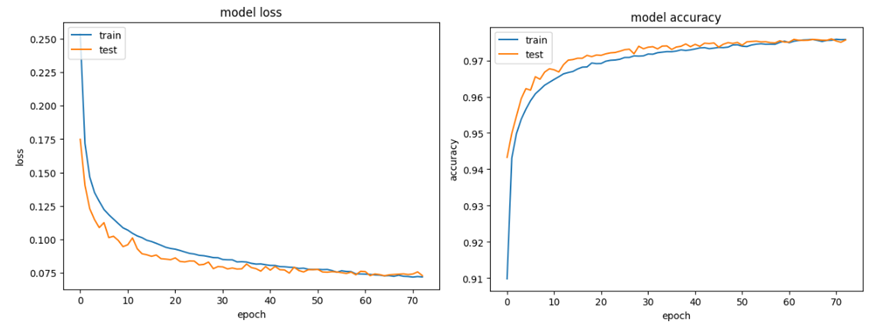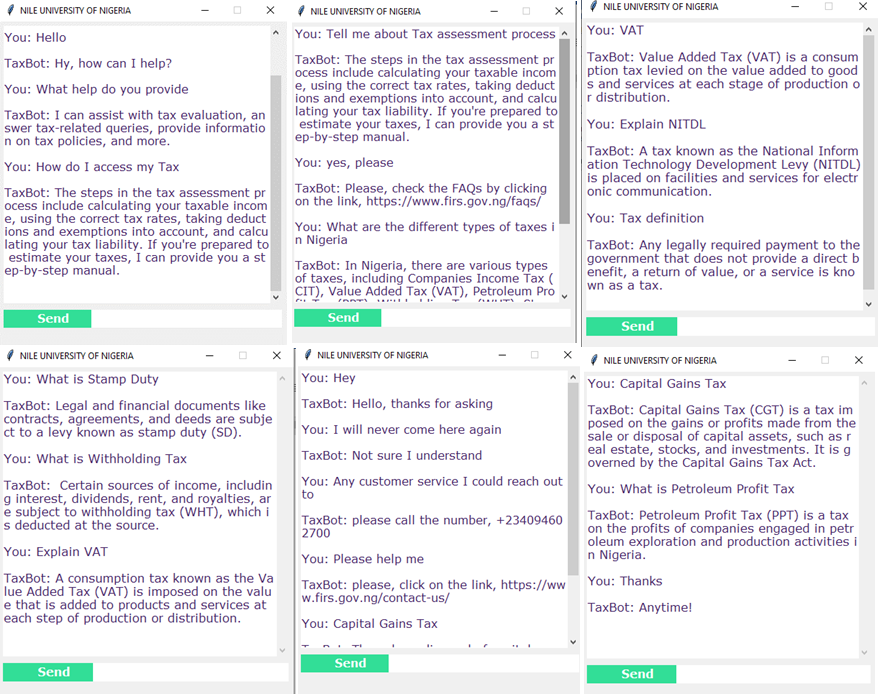Chatbot for tax assessment and enquiries ‘taxbot’ using deep neural network.
Adebayo Abdulganiyu KEJI || Orji OGBONNAYA

Abstract
A more effective, appropriate, distinctive, and technologically driven tax system for tax administration may be created by policymakers and other important stakeholders with a predictive evasion or avoidance detectability that is many steps ahead of taxpayers with such intent and encourages compliance. Since the introduction of integrated tax administration, taxpayers have not discovered this platform to be a solution provider as anticipated; rather, it has led to numerous trips to tax stations due to the website's technical usability issues, insufficient taxpayer education regarding how to use the platform, and inability to be used (Taxaide, 2021). Hence the requirement for a more user-friendly system that would facilitate tax assessment and inquiry utilizing an appropriate machine learning methodology. With the help of data from the Federal Inland Revenue Service (FIRS), Nigeria, we create a deep neural network in this study called the Long Short Term Memory (LSTM) "TaxBot" for tax inquiries and assessment.T hree different models were developed in this research study which are Decision tree classifier, K-nearest Neighbor and LSTM. The decision tree gave a precision micro average of 40%, recall of 40% and F1 score of 40%, and the K-Nearest Neighbor gave a precision micro average of 100%, recall of 33% and F1 score of 50% while LSTM gave an accuracy of 94%, precision of 89%, recall of 94% and F1 score of 94%. However, the KNN gave the highest precision value of 100% but the LSTM was best in overall performance in terms of recall, F1 score and accuracy. The outcome from this study demonstrated the recommendation made in the work of Badlani et al., 2021, that uses machine learning to build a 'Diabot' chatbot system for multilingual healthcare system using conventional machine learning models but highlighted in the future work the importance of improving prediction performance using deep learning method.
Methodology
The research design employed in this study is “design science” and “action research” approaches. The combination of the two paradigms contributes to both the practical concerns of people in an immediate problematic situation and to the goals of social science by joint collaboration within a mutually acceptable ethical framework. Based on these approaches we identified two stages in carrying out this research. A first stage is a qualitative approach (an in-depth discussion) and the design of the platform architecture, providing clarity and a well-defined path from requirements gathering to implementation. This approach is particularly suitable for the development of the chatbot system for tax assessment and inquiries, ensuring a thorough and controlled process. The second stage is the use of the information from the first study to develop TaxBot AI model.

Conclusion
In this study, we develop a deep neural network known as the Long Short Term Memory (LSTM) “TaxBot” for tax enquiries and assessment using a dataset from the Federal Inland Revenue Service (FIRS), Nigeria. The dataset was developed using the JSON dataset format, which enables the creation of documents with the Python dictionary data arrangement format. Every instance of the dataset's tag, patterns, response, and context are included as keys in the JSON data file, and the values are a collection of words. While the response key in the JSON data file contains a list of possible questions or inquiries that the user could submit, the patterns are a list of sentences that only one response can be randomly chosen for each inquiry. Three different models were developed in this research study which are Decision tree classifier, K-nearest Neighbor and LSTM. The decision tree gave a precision micro average of 40%, recall of 40% and F1 score of 40%, and the K-Nearest Neighbor gave a precision micro average of 100%, recall of 33% and F1 score of 50% while LSTM gave an accuracy of 94%, precision of 89%, recall of 94% and F1 score of 94%. However, the KNN gave the highest precision value of 100% but the LSTM was best in overall performance in terms of recall, F1 score and accuracy. The outcome from this study demonstrated the recommendation made in the work of Badlani et al., 2021, that uses machine learning to build a 'Diabot' chatbot system for multilingual healthcare system using conventional machine learning models but highlighted in the future work the importance of improving prediction performance using deep learning method.
